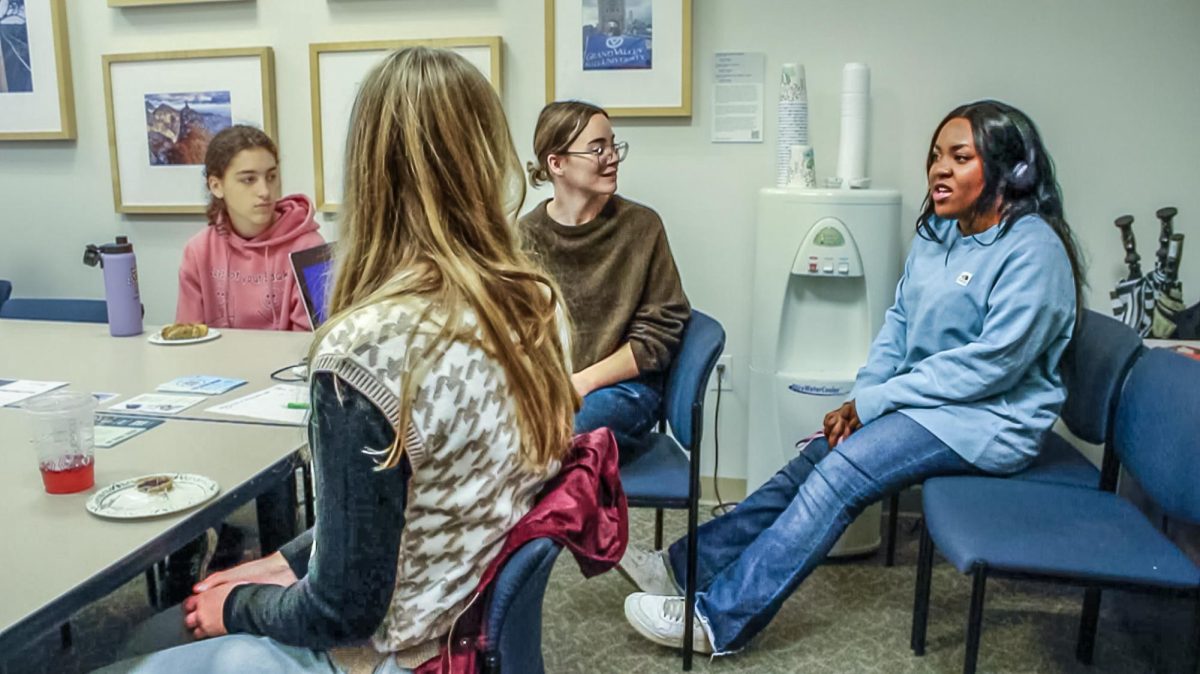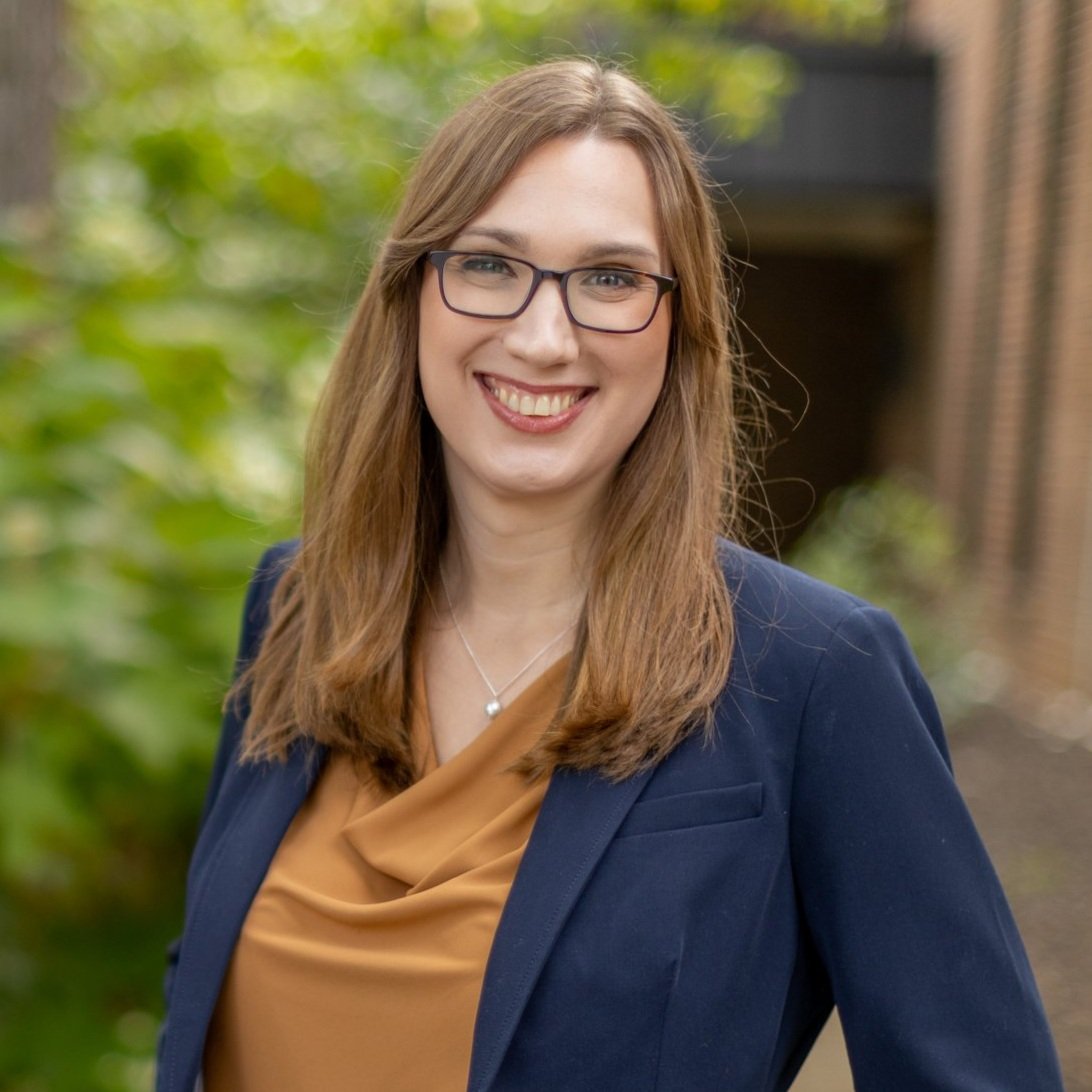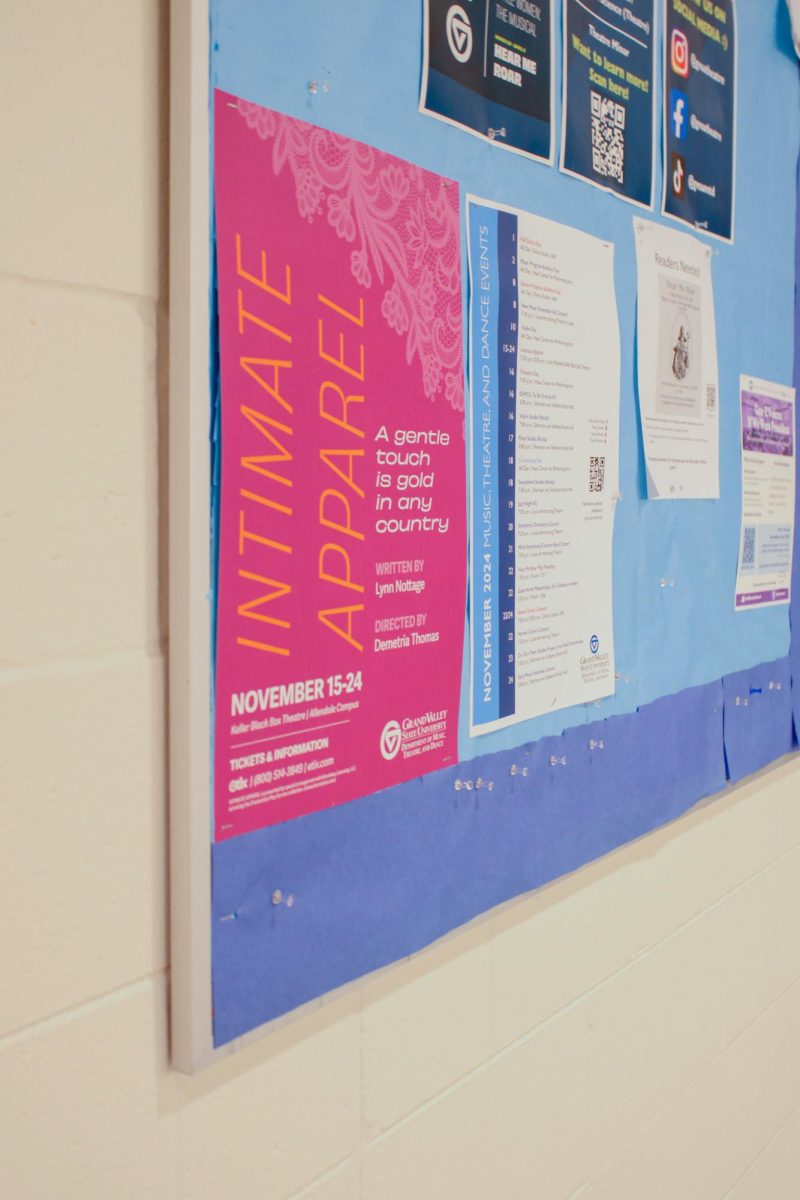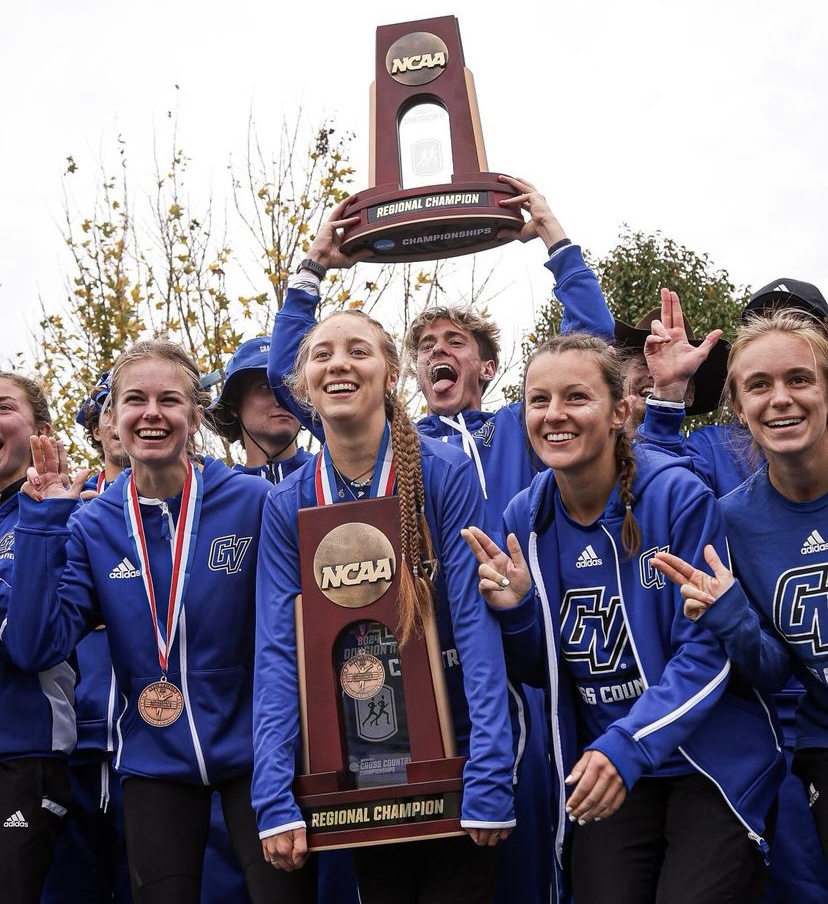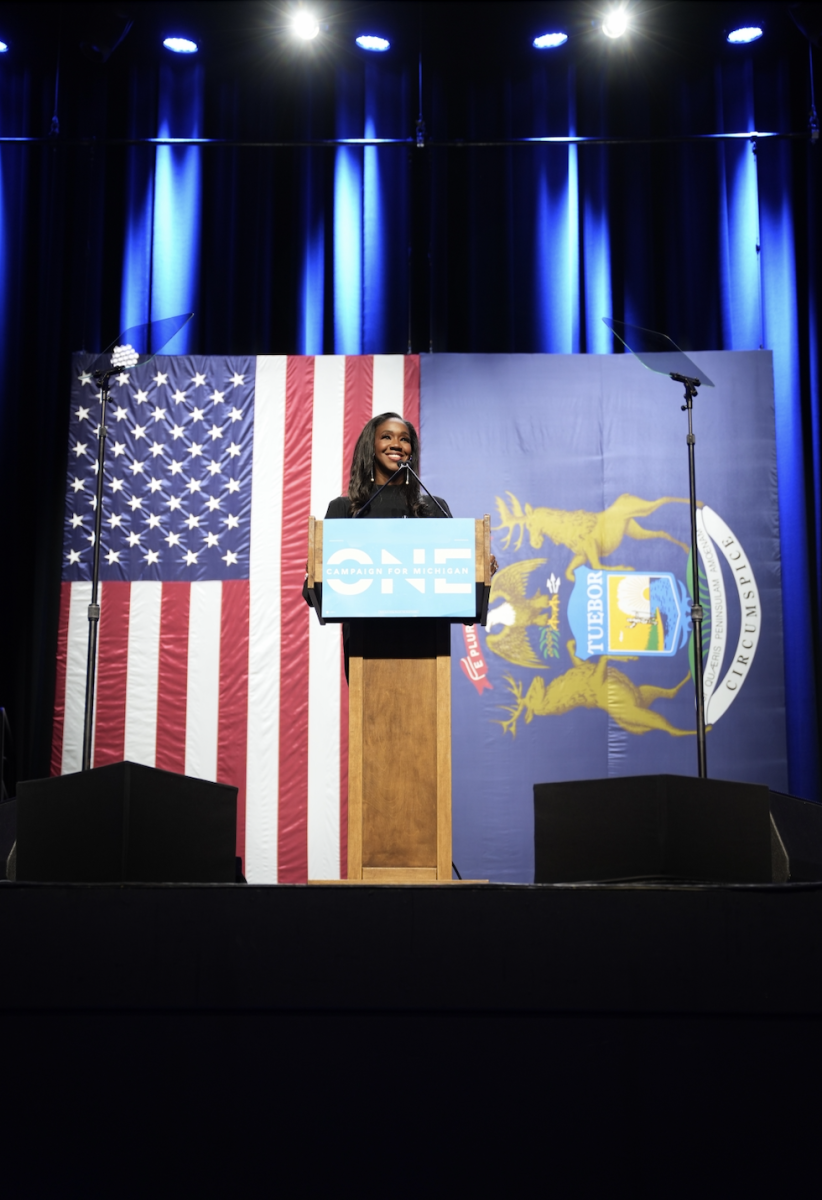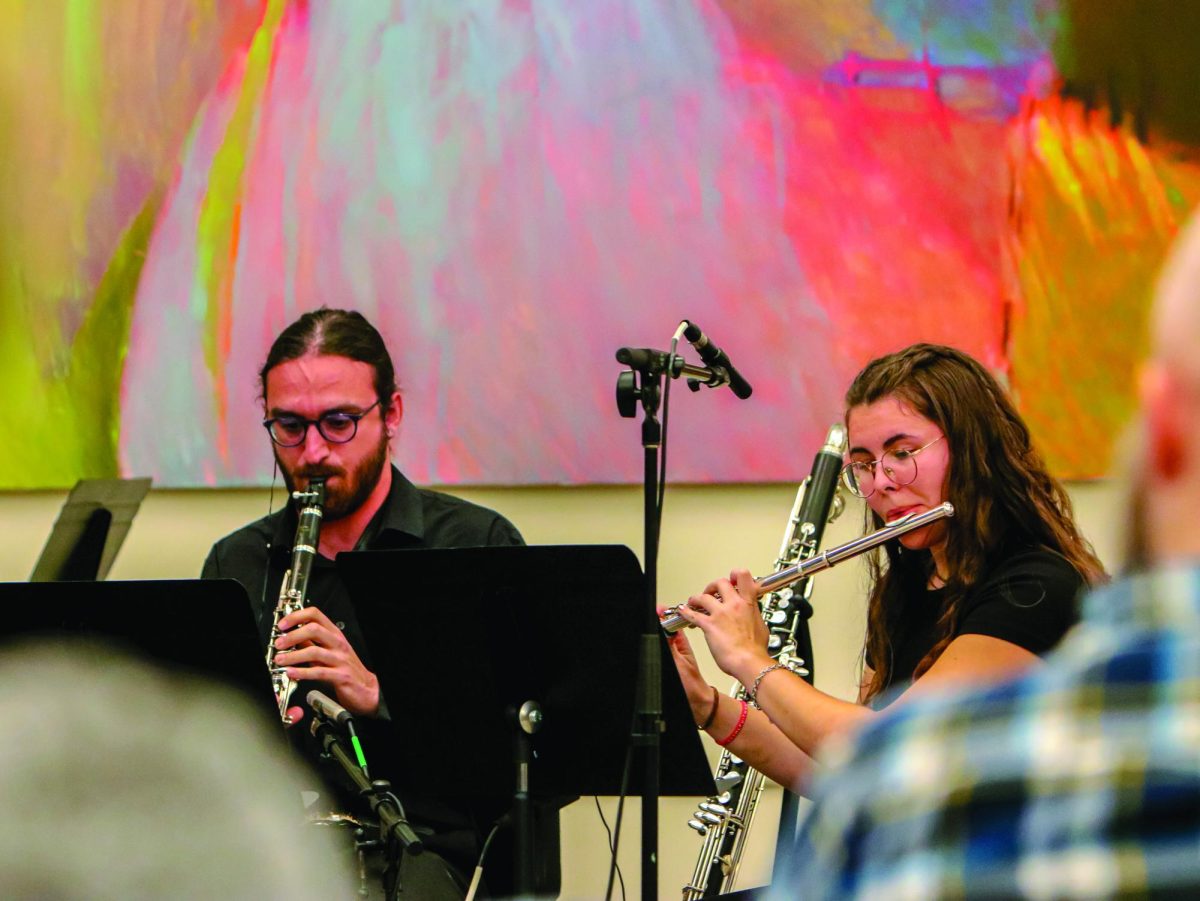Diversity dilemma
Oct 13, 2011
We applaud Grand Valley State University officials for making efforts to attract more minority students to campus, especially when the current minority enrollment rate sits at a dismal 8.9 percent among all GVSU students, 12.2 percent
But for all of the effort that goes into getting minority students here, just as much focus should go into initiating and promoting programs designed to keep them here.
Many minority students come to college from high schools where the gap between ethnic groups is not as vast as at GVSU, so attending a school where white students make up the overwhelming majority (91.1 percent of the student body, to be exact) can demand a great adjustment for some students. Designing and promoting programs to ease that transition — ones that encourage interaction between different groups and point out the similarities and differences between cultures, experiences, religions, etc. — can go a long way toward making incoming students more comfortable in making the decision to come to GVSU instead of choosing a school with a higher minority rate.
Minority and international students want feel at ease in the knowledge that the GVSU recognizes them as a person and not just as another statistic that the university can proudly display on the “Quick Facts” page on its website.
Cultural student groups like the Black Student Union and Asian Student Union are a good start to embracing diversity on campus, but GVSU needs more groups that create ties between groups rather than merely within them. Student organizations such as ACT on Racism, which performs skits that help the GVSU community recognize real acts of racism in daily life, and university programs like Intercultural Competency and Experience degree certification and the Inclusion and Diversity Leadership Seminar are good starts, but GVSU needs more of these programs to foster a truly inclusive environment.
Being accepting of others and embracing diversity doesn’t stop at embracing your own culture, and programs like these are essential to connecting the dots between the variety of cultures represented on campus, especially since those cultures are in the minority.
It’s encouraging to see that the university cares about attracting more minority students, but shifting the focus toward making current minority students feel comfortable and wanted on campus will not only attract a larger minority student interest, but also further the university’s reputation as a school that cares most about its students.







